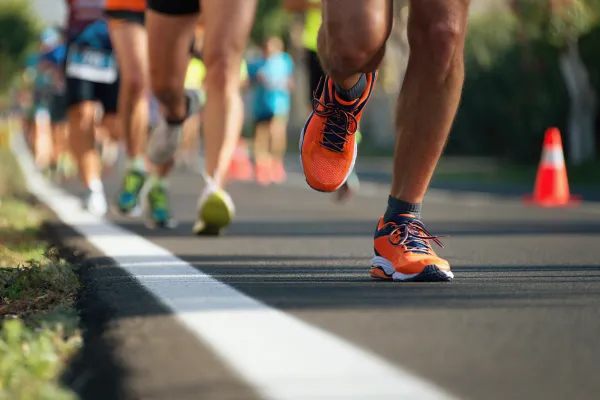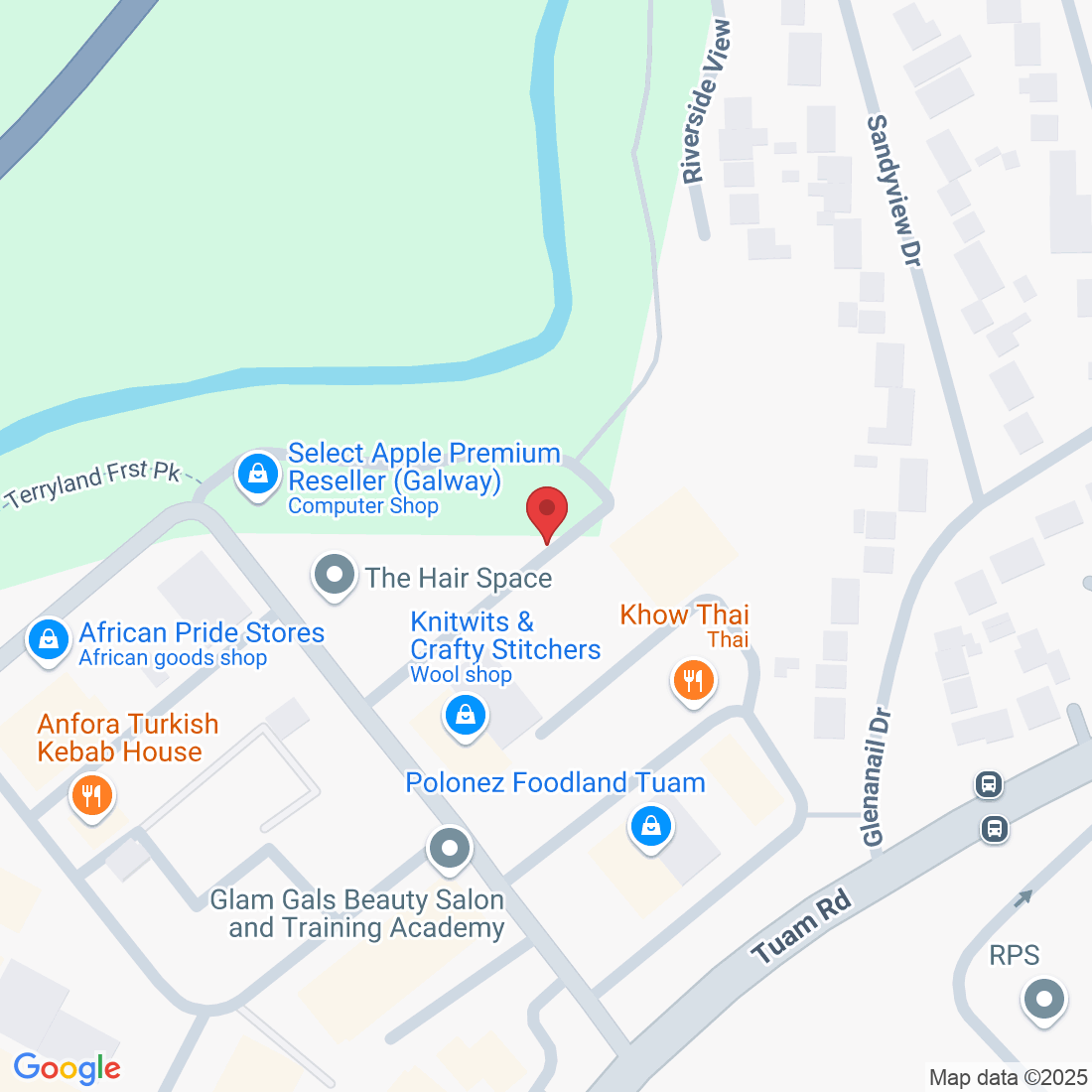
Are Your Running Shoes Ruining Your Feet?
Are Your Running Shoes Ruining Your Feet?
Let’s start with this—your running shoes might be doing more harm than good. Sounds mad, right? But you’d be surprised how often people show up at the clinic in pain, only to find their trusty runners are the actual problem.
I know this one personally. I do athletics—mainly 200m and 400m. A while back, I started getting pain in the top of my right foot during hill sprints. I tried everything. Physios, consultants, rest, a boot—you name it. Nothing worked. Eventually, I needed surgery to fix it. That whole journey made me hyper-aware of how important proper footwear is. Especially if you’re active.
So let’s dive into it. Because if your feet are sore, tired, or aching after a run, your shoes could be shouting for help.
1. Not All Running Shoes Are Built the Same
Running shoes aren’t just about cool colours or big brand names. They’re tools. And like any tool, if they don’t fit the job—or in this case, your foot—they can do real damage.
You might have high arches, flat feet, or your feet might roll inwards when you run (that’s called pronation). If your shoe doesn’t support how your foot naturally moves, your body starts to compensate. That’s when the problems creep in—heel pain, arch pain, sore knees, even hip or back issues.
2. Signs Your Shoes Might Be Hurting You
Here’s a quick checklist. If you nod along to more than one of these, it’s worth looking at your shoes:
Heel pain when you get out of bed
Numb toes or tingling during a run
Blisters or hot spots in the same places
Your shoes wear out unevenly
Sore arches or outside of the foot aches
Knees or hips ache after a run (even if you didn’t trip or twist anything)
Sometimes, the pain doesn’t hit straight away. You might feel fine during your run but wake up limping the next day. That delayed pain is a big red flag.
3. Shoes Don’t Last Forever
Here’s the truth most people miss: running shoes have an expiration date.
They usually last between 500–800 km (about 300–500 miles), depending on the brand, how often you run, and how hard you land. That’s not as much as it sounds. If you’re running 3 times a week, that’s about 6 months. After that, the cushioning starts breaking down—even if the outside still looks good.
Worn-out shoes stop absorbing shock properly. And when that happens, your feet (and joints) take the hit.
4. One Style Doesn’t Fit All
If you’ve ever bought shoes because your mate swore they were “the best ever,” and you ended up in pain, you’re not alone.
Everyone’s feet move differently. What works for someone with neutral arches might cause a world of hurt for someone who overpronates. That’s why getting fitted properly matters—especially if you’re clocking up the kilometres each week.
At our clinic, we look at your foot shape, how you walk or run, and what kind of support you actually need. Sometimes it’s not even about new shoes—it might be that you just need custom insoles (orthotics) to give you that extra bit of support.
5. What You Can Do About It
If you’re even slightly suspicious your shoes might be causing problems, here’s what I’d suggest:
Check Your Shoes:
Look at the soles. Are they worn unevenly? Feel the cushioning—has it gone flat? Are your toes squished? These are all clues.Listen to Your Body:
Pain that shows up after a run (especially in your feet or lower legs) is a big signal that something’s off.Get a Gait Assessment:
This is a fancy way of saying—come see us. We’ll look at how you walk and run, how your feet move, and what type of shoe or insole might actually help.Don’t Wait Too Long:
I’ve seen too many people who waited until the pain got so bad they had to stop running altogether. Don’t let that be you.
6. The Fix Might Be Simpler Than You Think
Sometimes the solution is as easy as switching shoes or adding a custom insole. Other times, we need to do a bit more—maybe some laser therapy or strengthening exercises. But the goal is always the same: get you back doing what you love, pain-free.
And yes, even if you’re not a “serious runner”—this stuff matters. Whether you jog a few times a week or just want to walk the dog without limping, your feet deserve better.
Final Thought
If you’re tired of waking up with sore feet or can’t figure out why your legs feel battered after a short jog, it’s time to stop blaming your body. Your shoes might be the sneaky culprit.
Pop into Peak Podiatry and let’s sort it. We’ll check your shoes, your feet, and make a plan that works for you. Because no one should have to choose between moving and being in pain.
Ask Robert And His Team
Fill in the form to request a Call From Our Team
Fill in the form to request a Call From Our Team
One of our team will call you for FREE and answer any questions or concerns you may have about your Foot Pain.
One of our team will call you for FREE and answer any questions or concerns you may have about your Foot Pain.
© Copyright 2022. Peak Podiatry All rights reserved.





